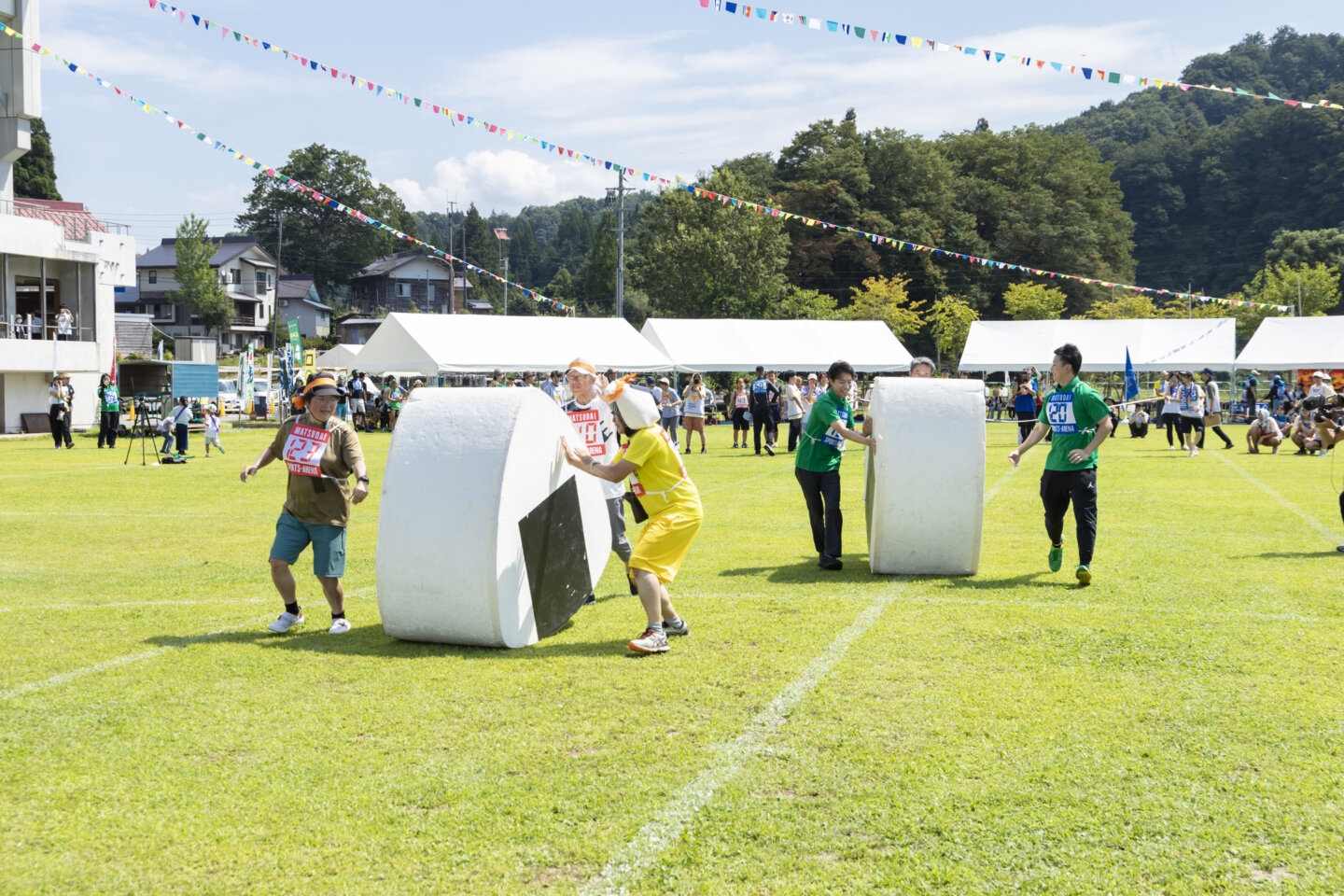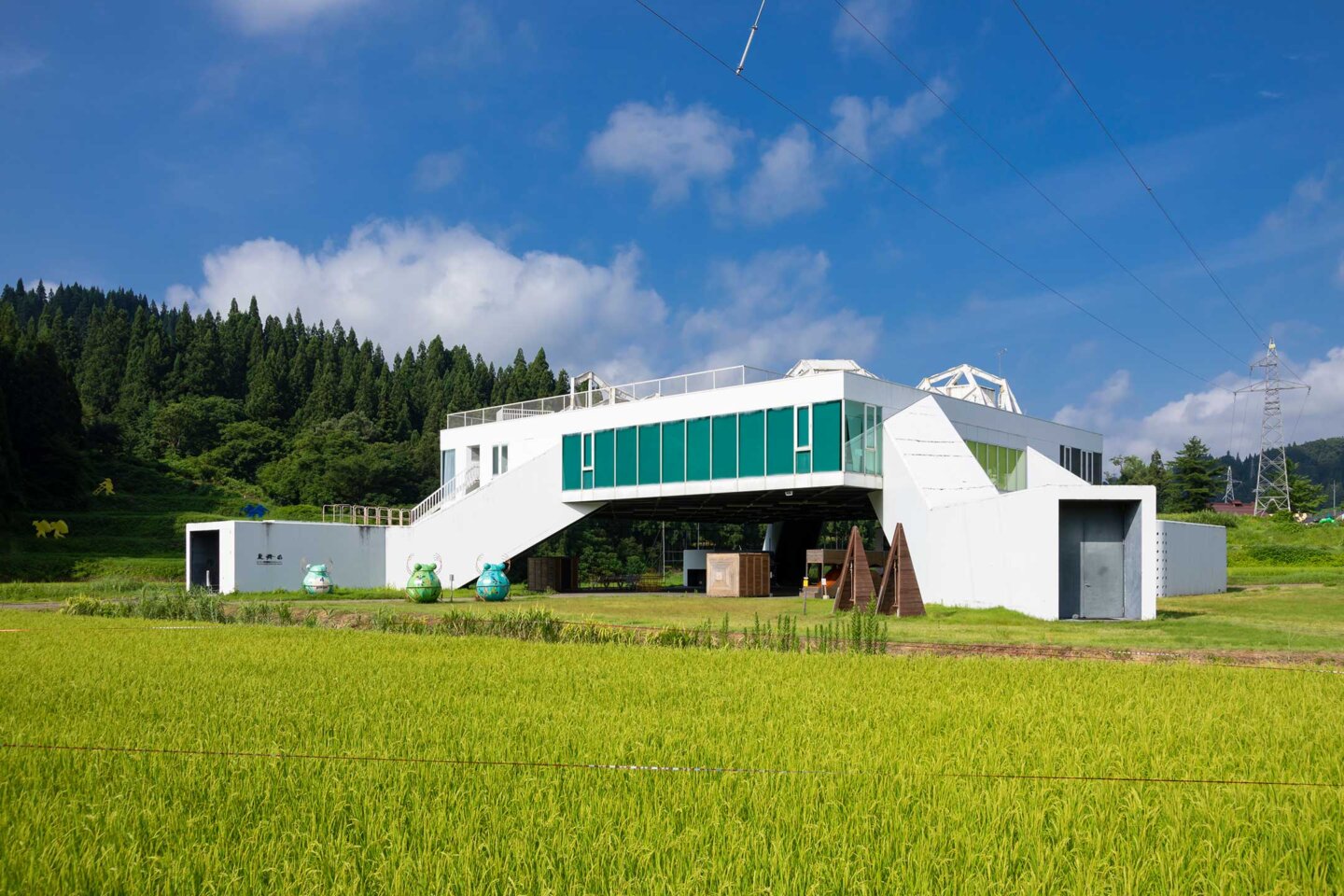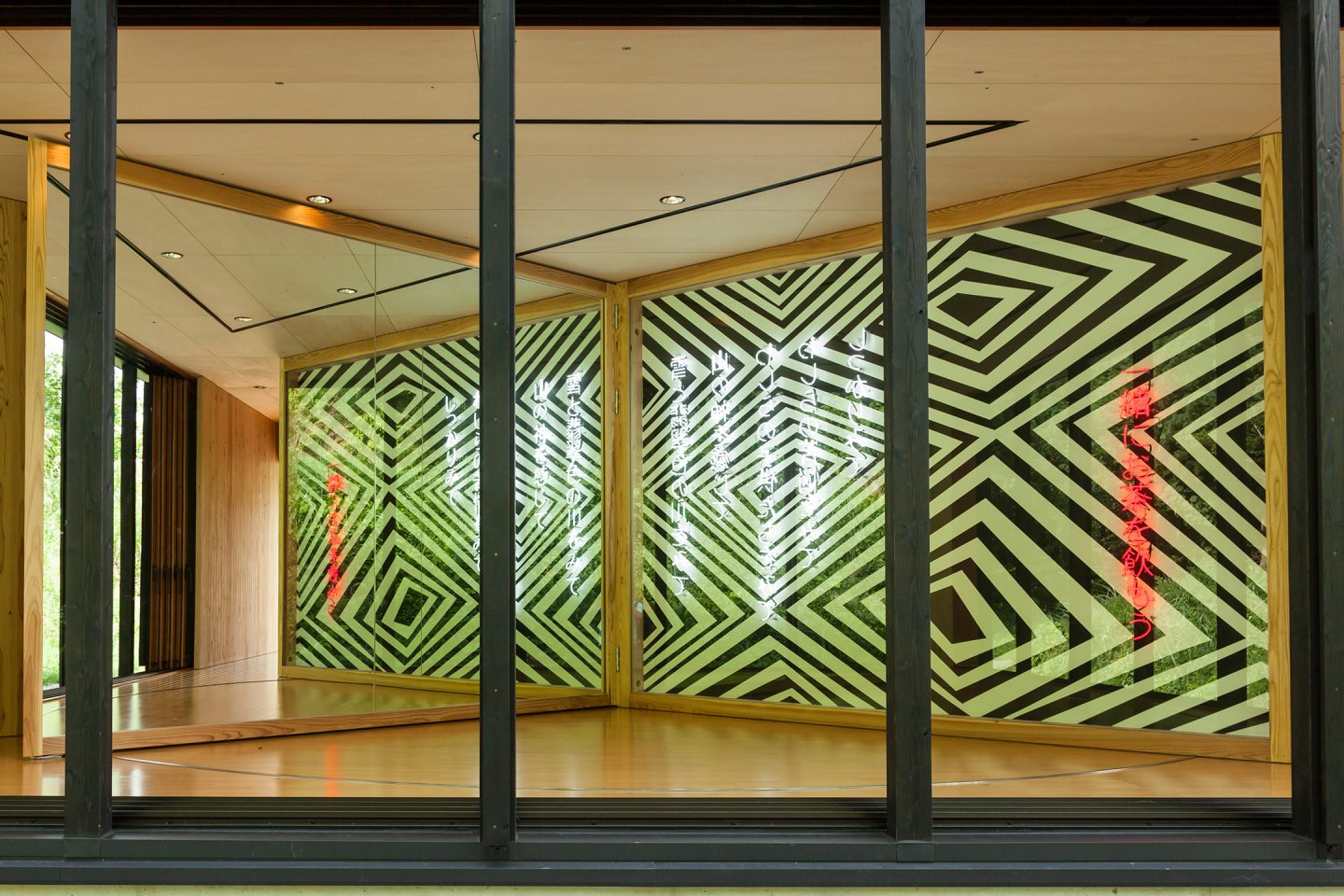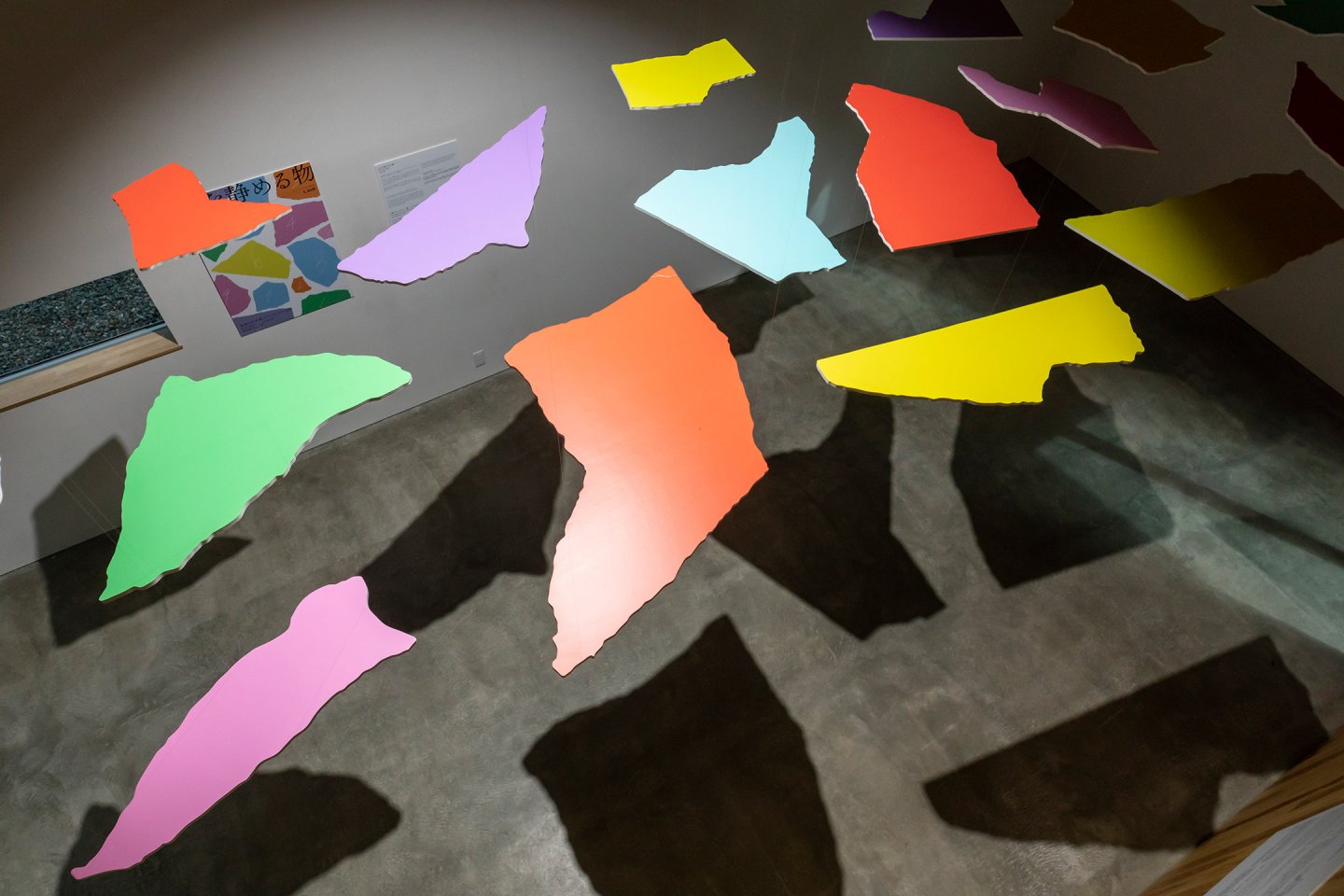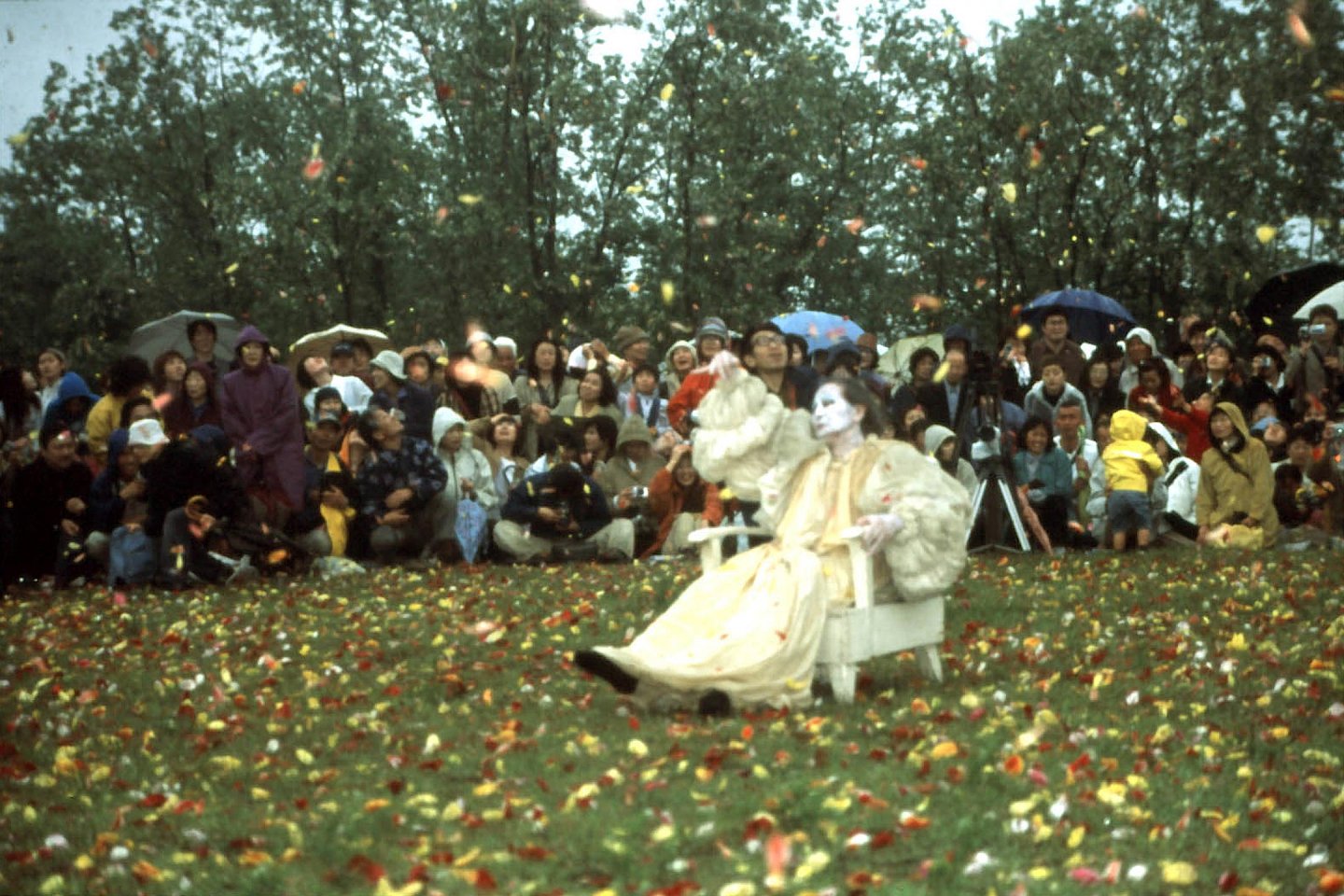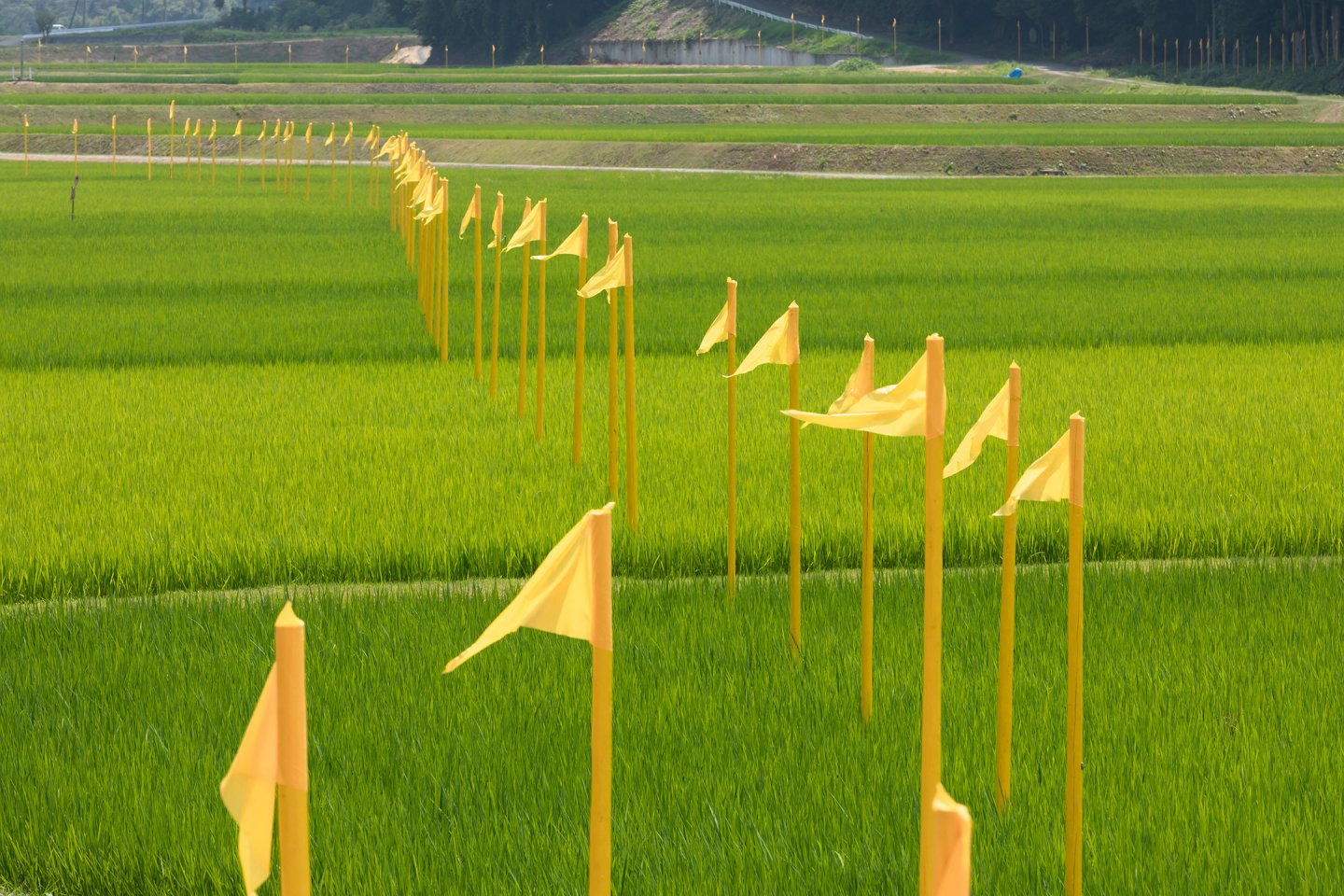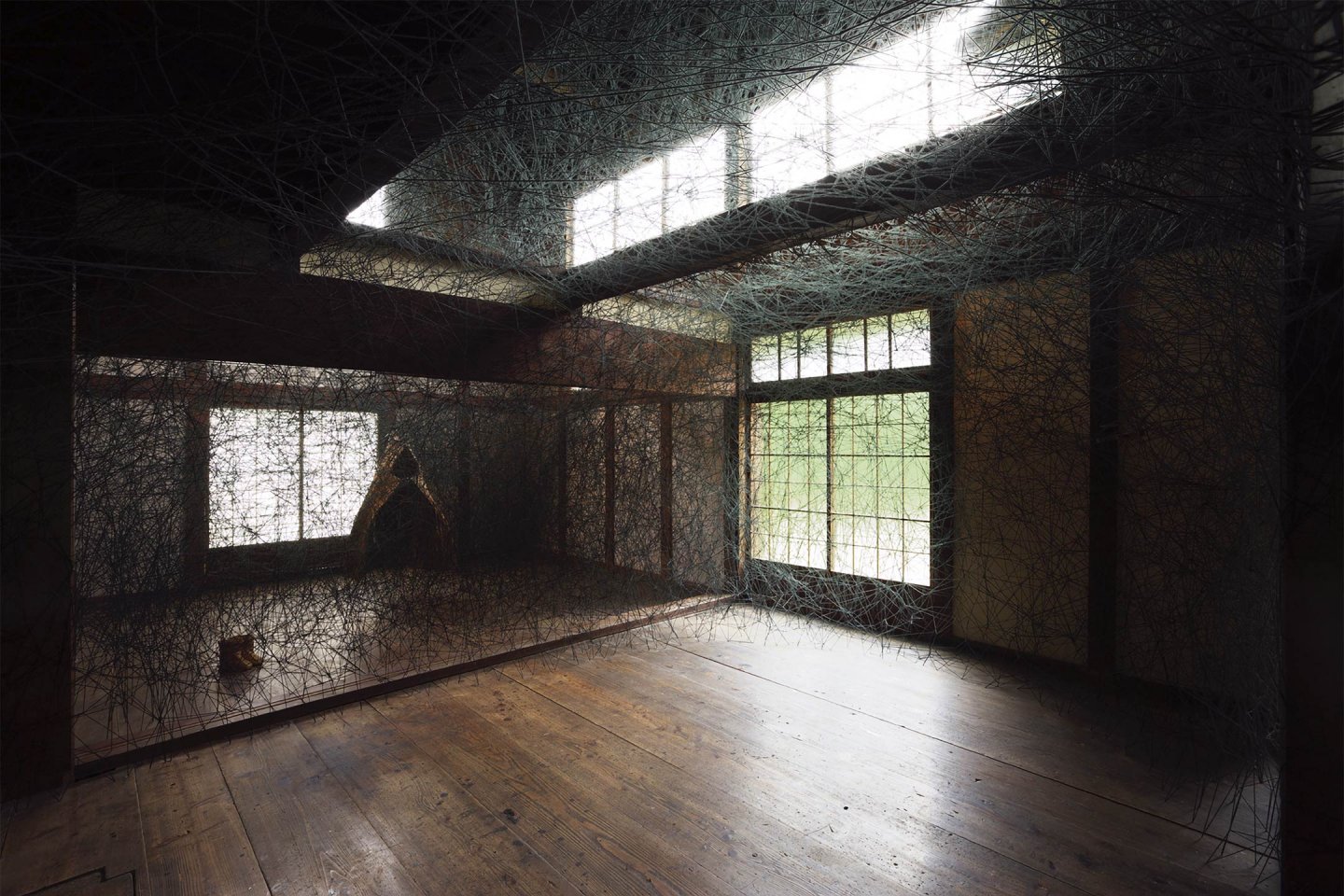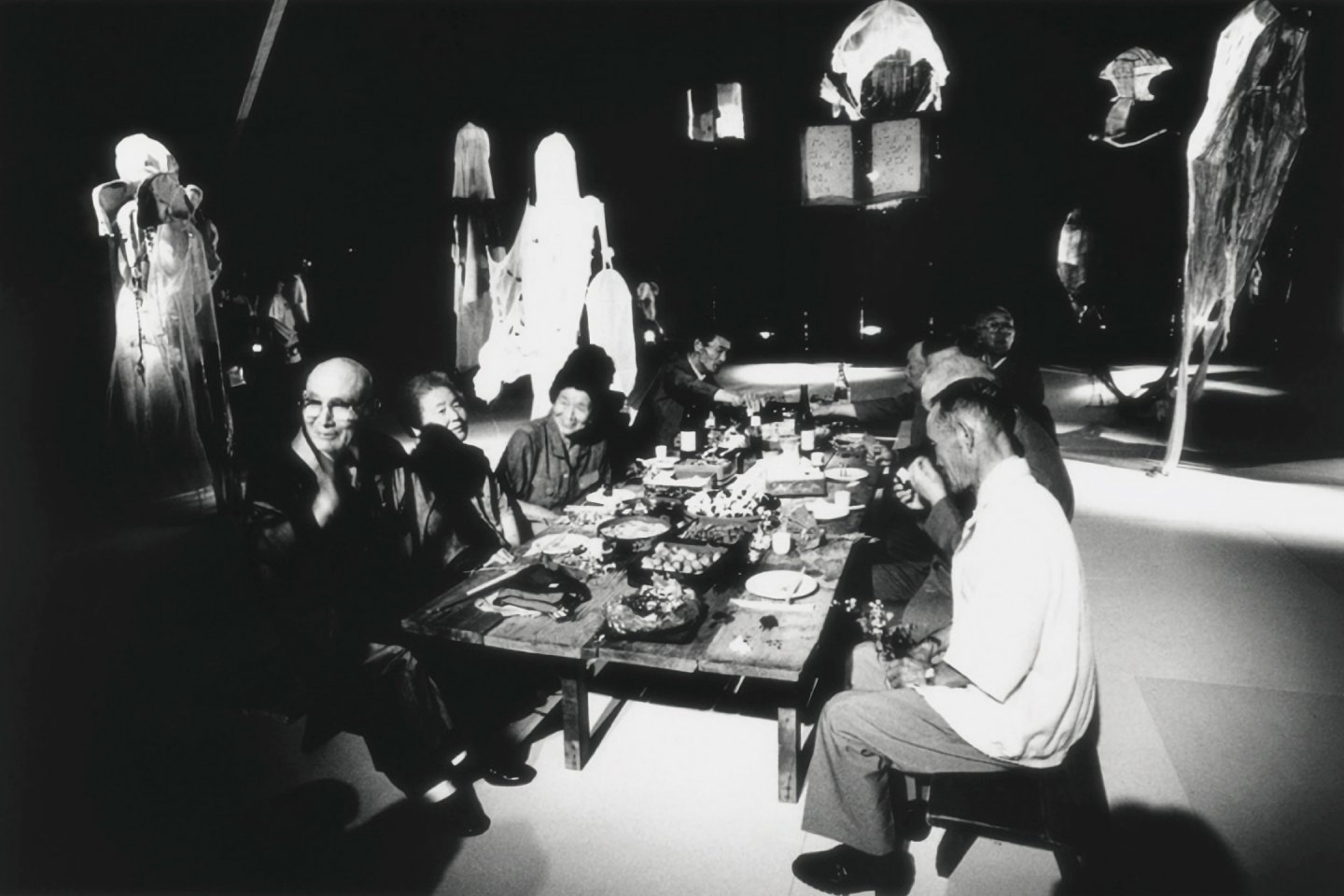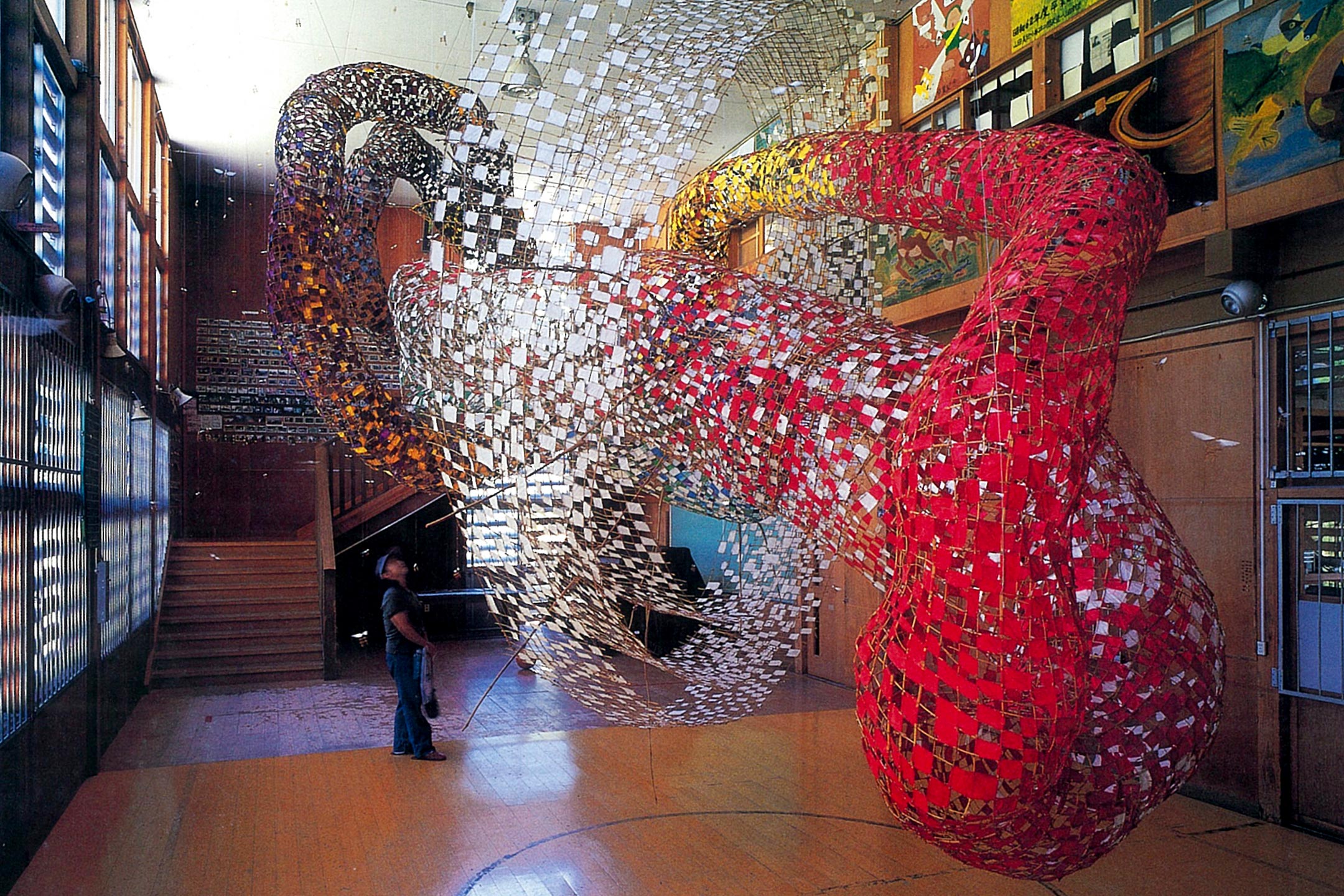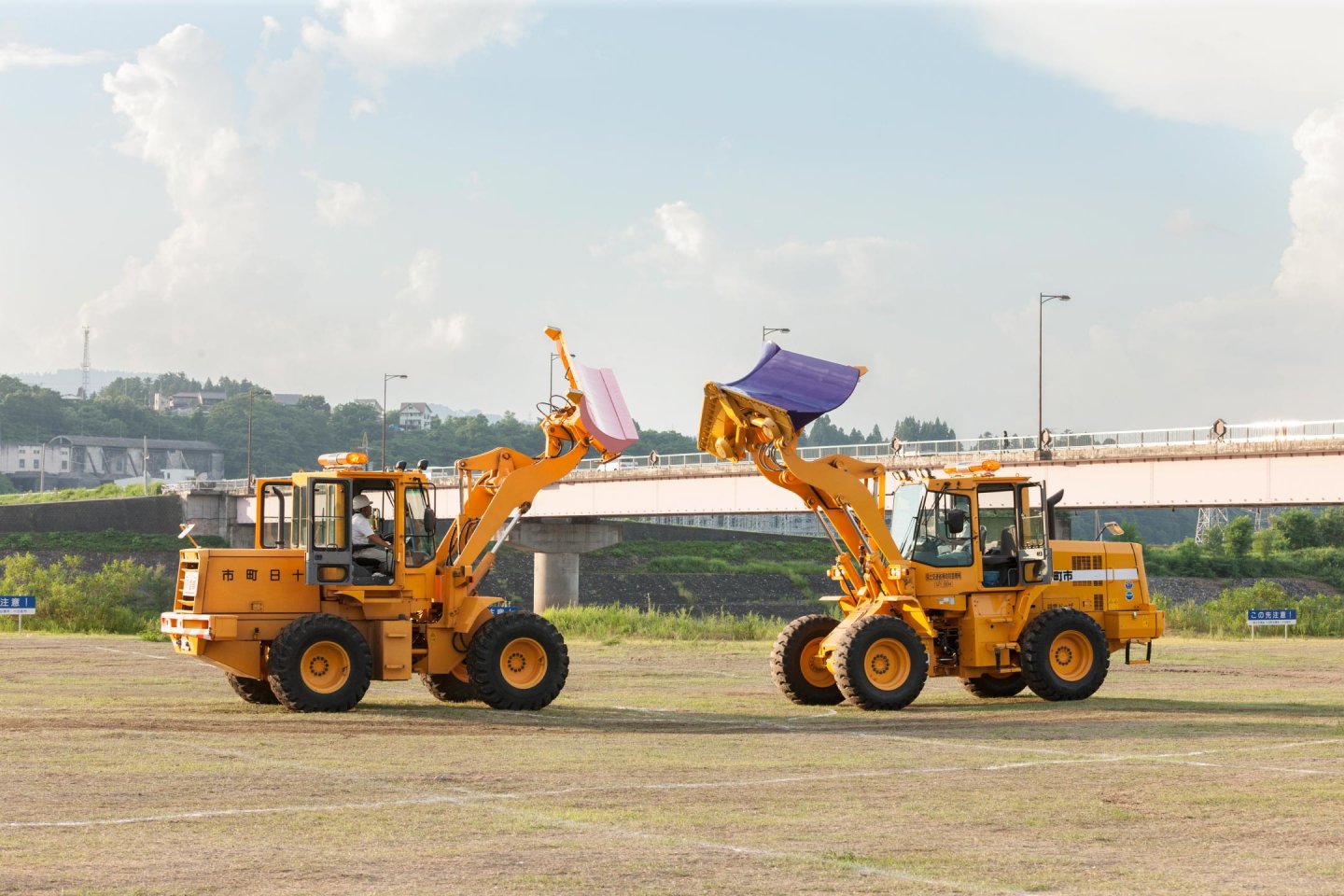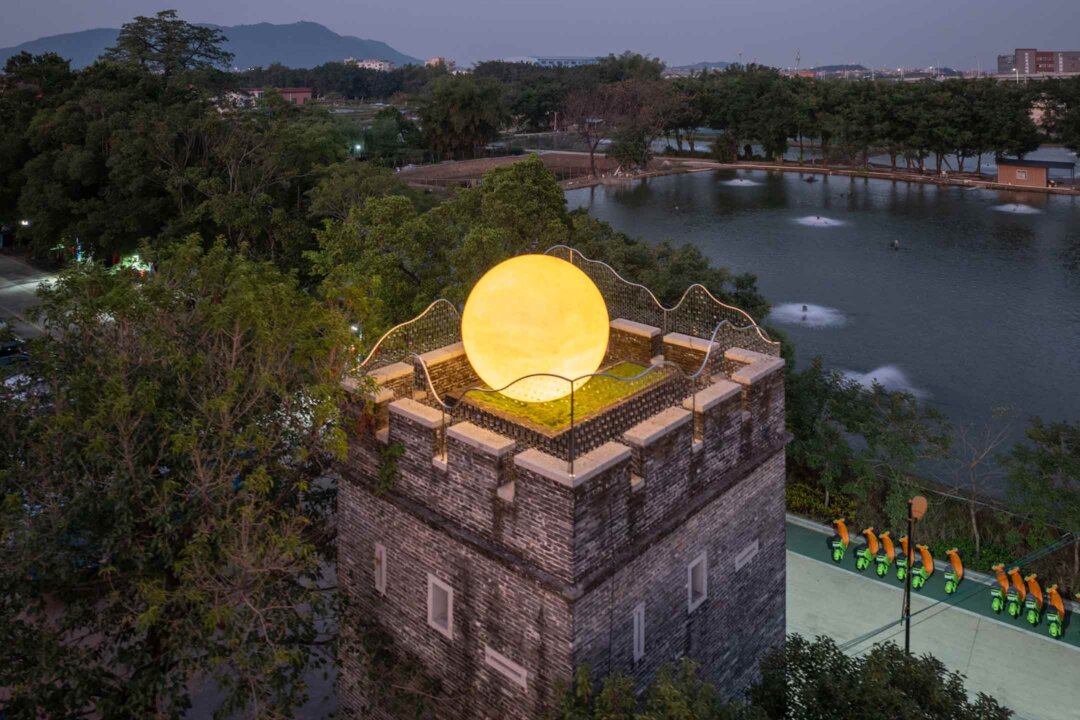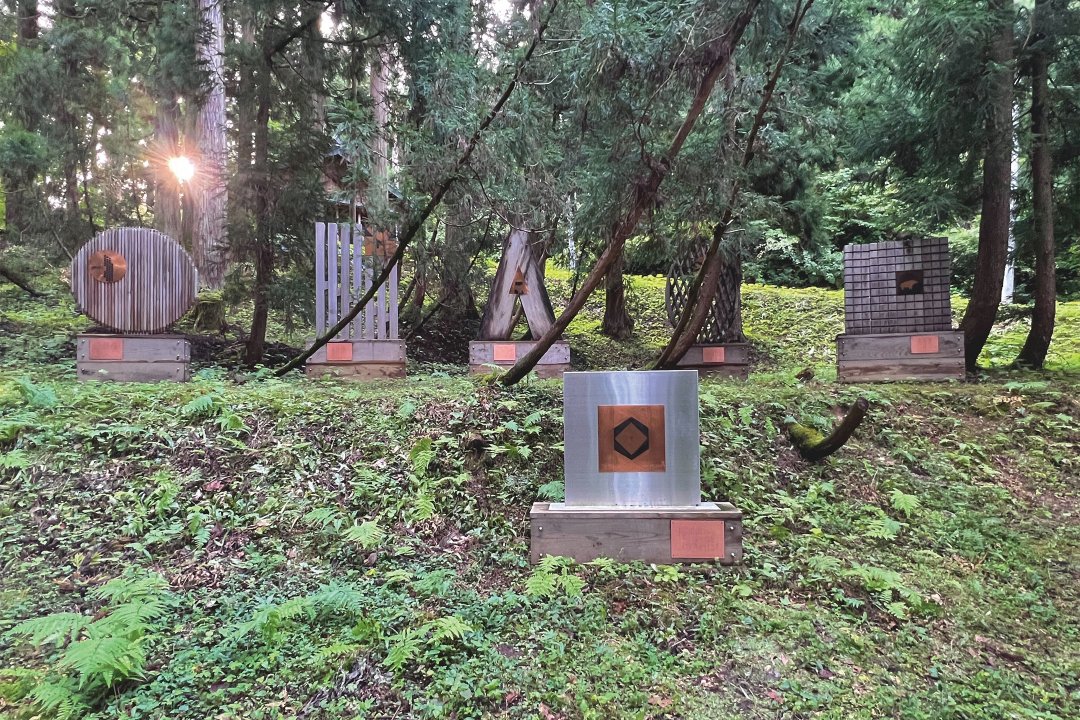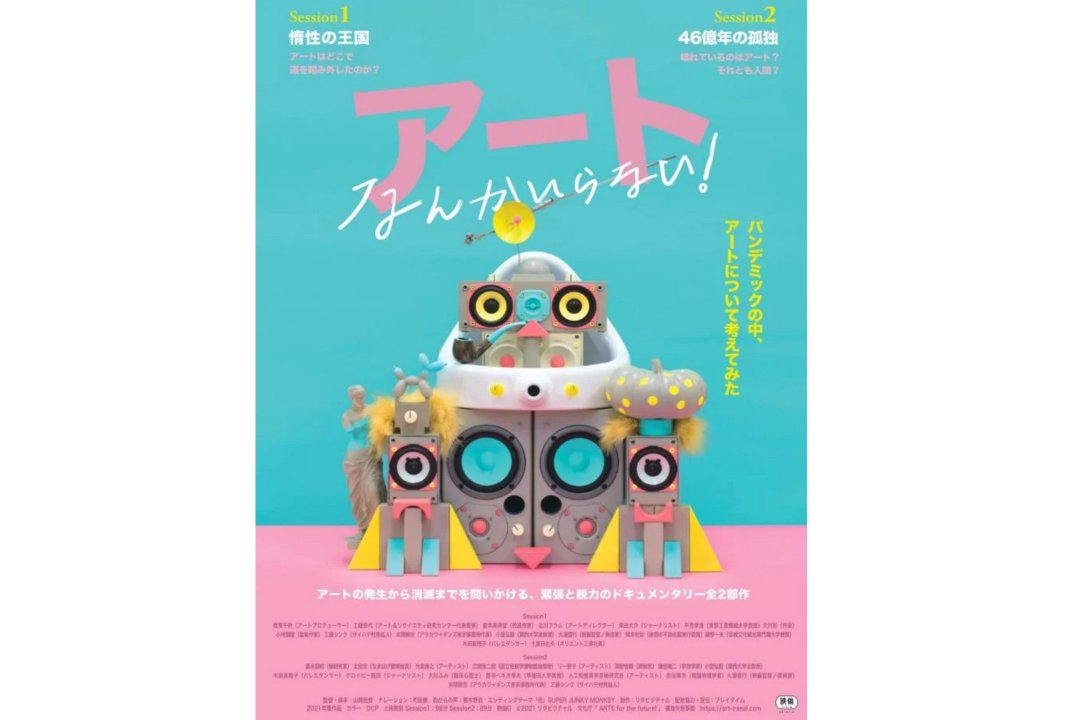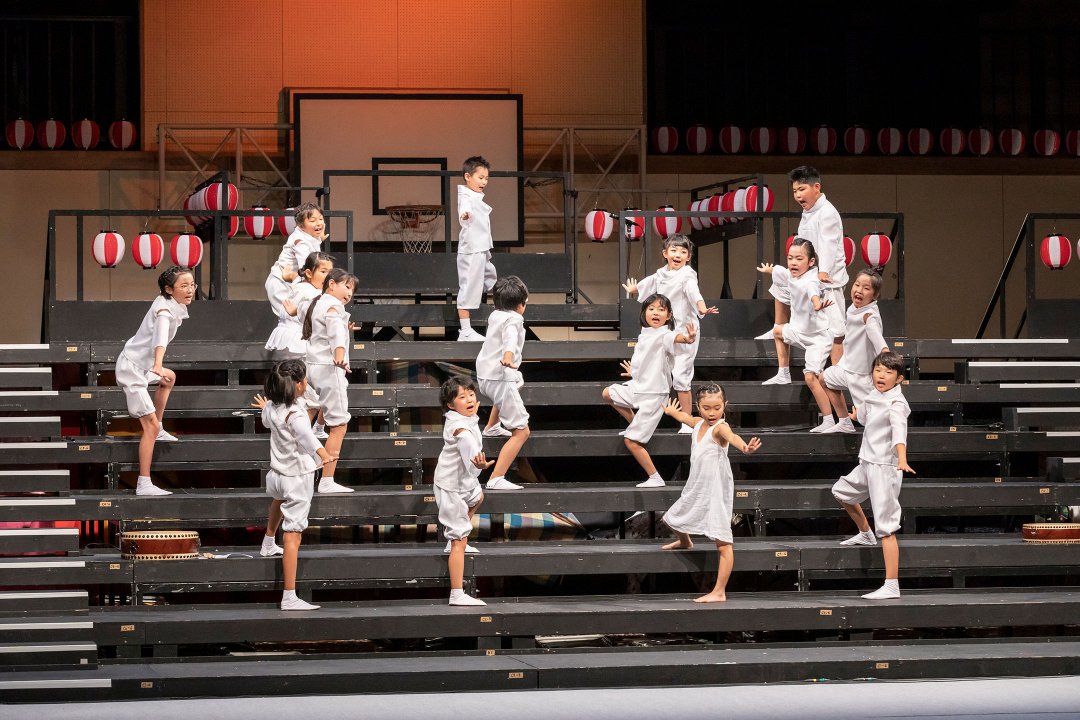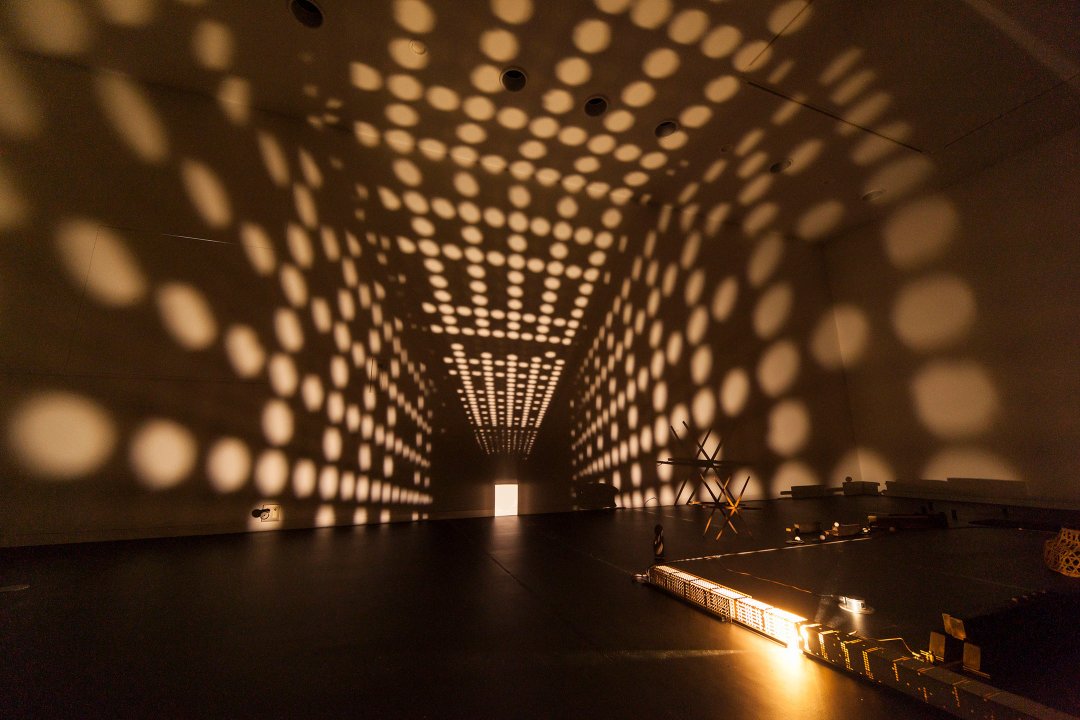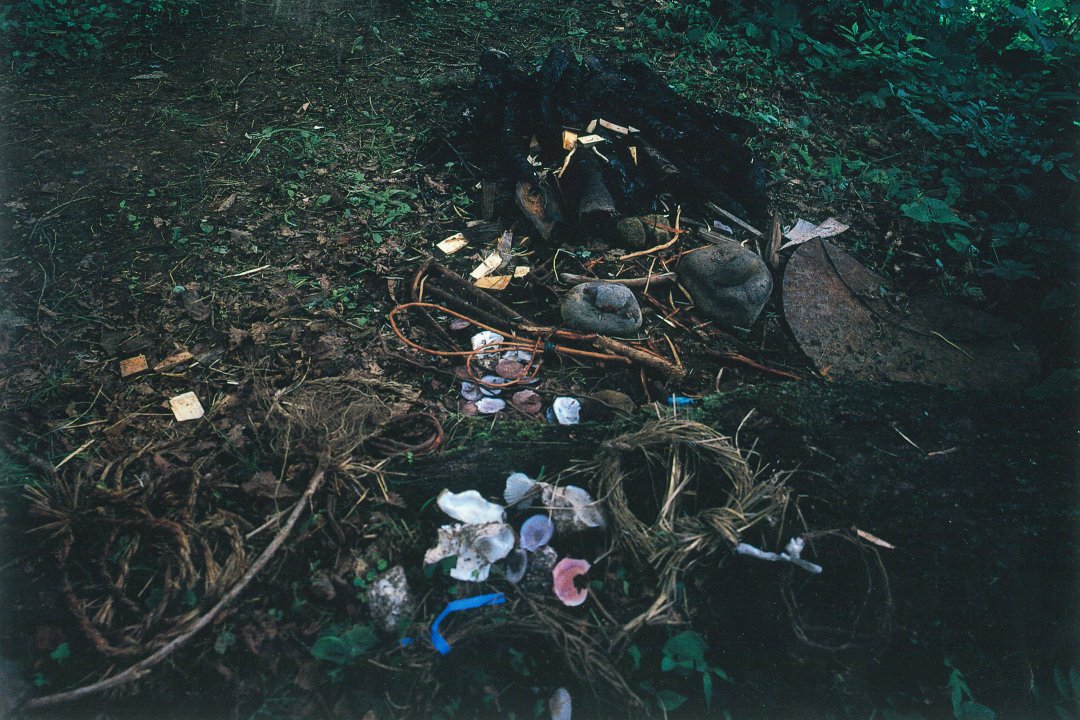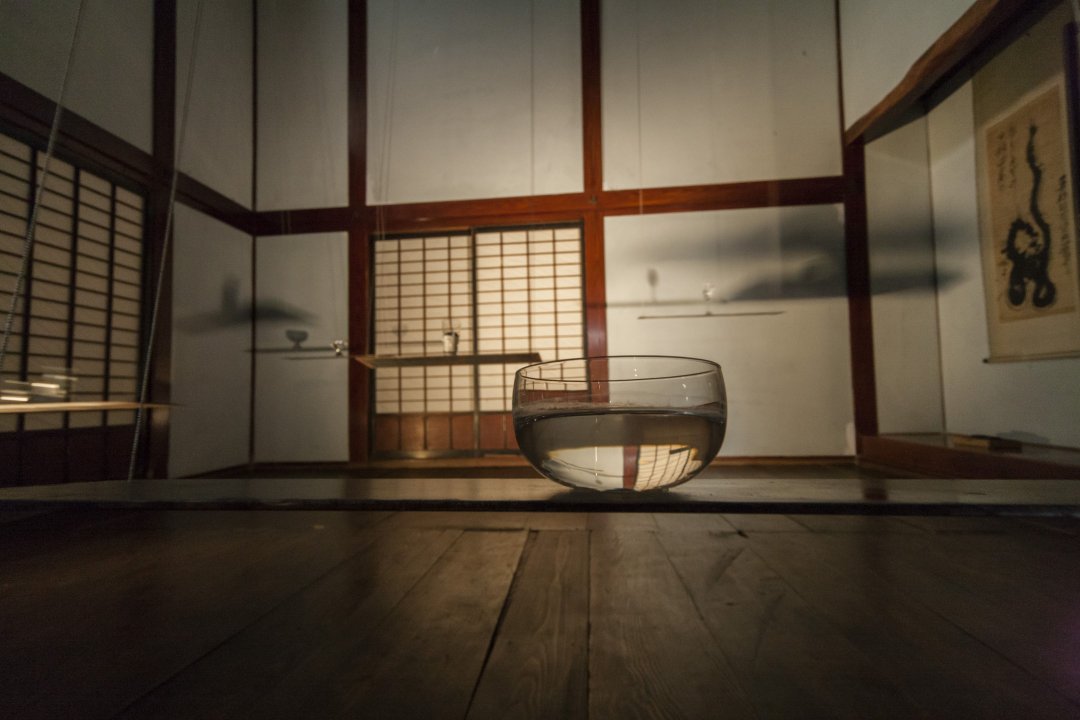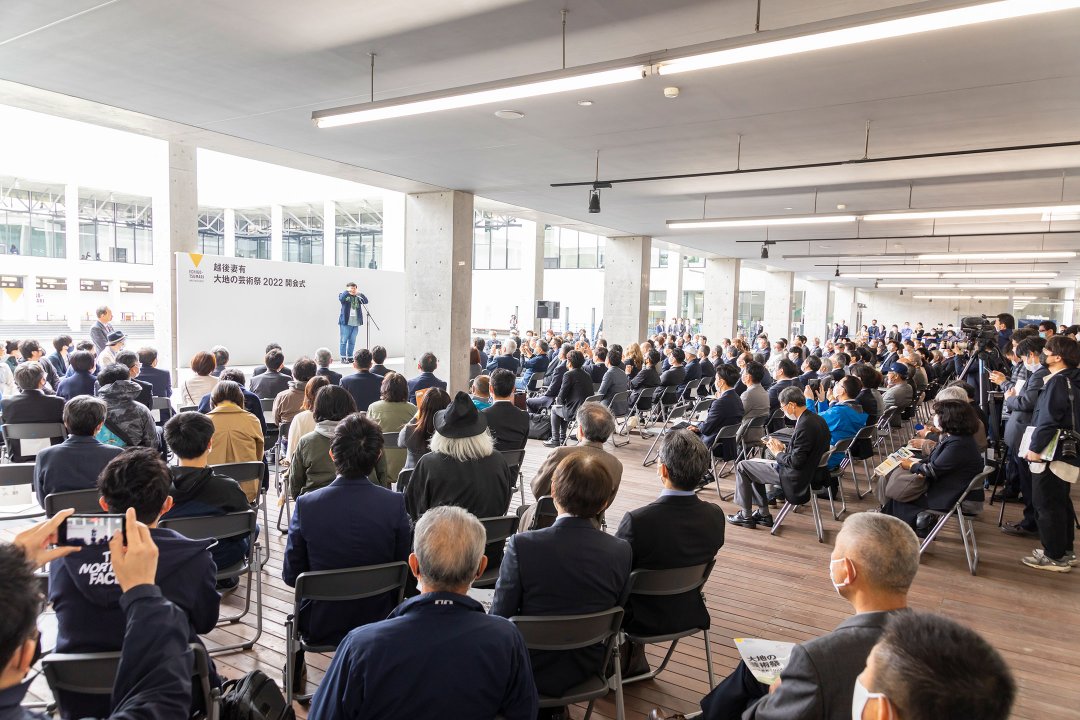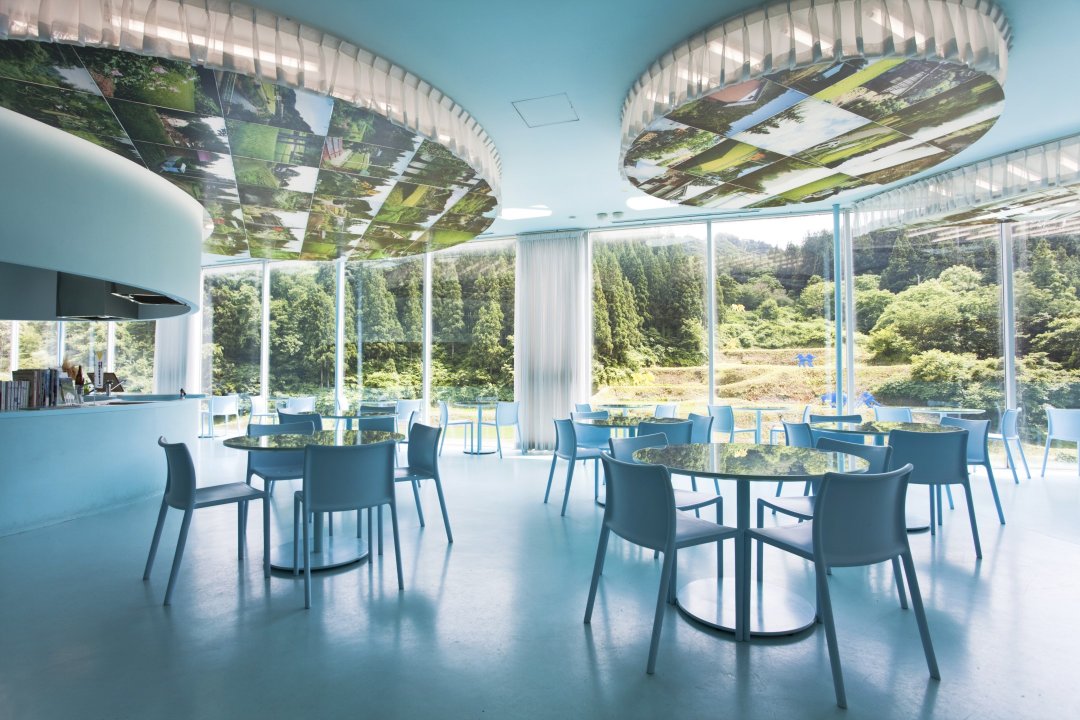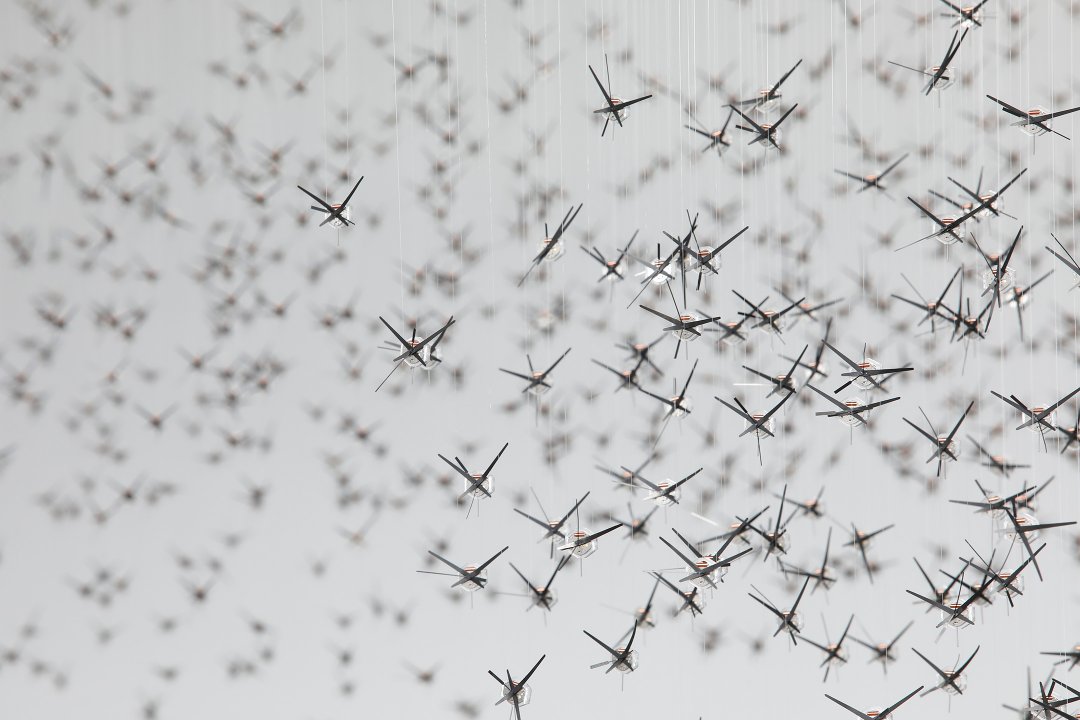Thinking 21st century art in the world from Niigata
Echigo-Tsumari Art Field - Official Web Magazine
Artwork / Yasuno Taro
“Deceptive Elementa Harmonica” - Composition for Room and Piano
“Deceptive Elementa Harmonica” - Composition for Room and Piano by Yasuno Taro (2021)
Photo by Kioku Keizo
Artwork / Yasuno Taro
“Deceptive Elementa Harmonica” - Composition for Room and Piano
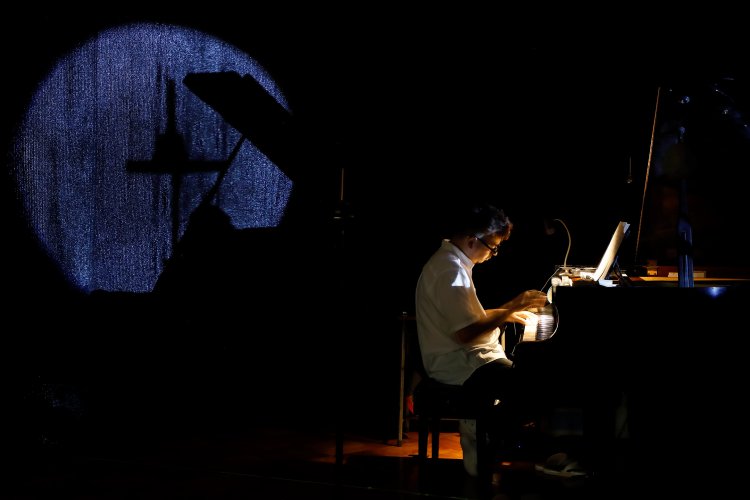
“Deceptive Elementa Harmonica” - Composition for Room and Piano by Yasuno Taro (2021)
Photo by Kioku Keizo
Dialogue with Taro Yasuno after a month since the opening: “exhibiting the composer himself as an artwork”
Text and edit by Maruo Hana / NPO Echigo-Tsumari Satoyama Collaborative Organisation
30 September 2021
Yasuno Taro made “zombie music” known to a wider audience when he co-exhibited at the Japan Pavilion at the 58th Venice Biennale in 2019. He has been running a “zombie music” project using a mechanically operating flute. He has embarked on a new journey as he participates in ETAT2021. He is currently presenting himself as a composer at Echigo-Tsumari Kamigo Clove Theatre. We had an interview with Yasuno about his creative activities.
Past activities – about “zombie music”
―― Please tell us about “zombie music”
“Zombie music” is an outcome of an attempt that originally aimed to create a piece of superhuman-like music played by an automated machine but after many twists and turns ended up being music that is neither human nor superhuman but nonhuman-like “zombie.”
――Why do you call it “zombie music?”
A zombie, to me, is an artificial human which was a patchwork of different parts of bodies dug out of a graveyard by Dr Frankenstein who aspired to create a perfect human being. Despite his attempt to create a great human being, he ended up with an ugly man. I was making automated music-playing equipment for “zombie music” with an inspiration to create a piece of music that was beyond human. However, it felt that it was somewhat different from what I had imagined. However, I decided to call it “zombie” as a pathway may appear as long as it is categorised. “Ugly” is just determined by human and the definition of ugliness could also alter depending on times.
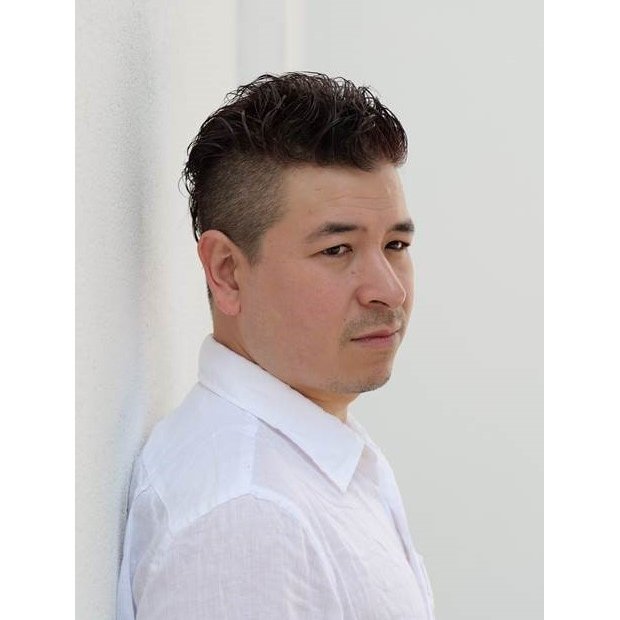
Profile
Yasuno Taro
Born in Tokyo in 1979. A child of a Japanese father and a Brazilian mother. A composer who keeps posing questions on the way music exists through diverse media, technologies, methods, and approaches. Major works include the “Musicinema” series, “Search Engine”, and “Zombie Music.” He has gone beyond the boundary of Just being a music composer in recent years and presented works for displaying that combines contemporary music and installation. He was one of the main artists presented at the Japan Pavilion for the 58th Venice Biennale in 2019. He has been an associate professor at Aichi University of the Arts since 2021.
From Yasuno Taro YouTube Channel
Engagement with ETAT
――What do you know about ETAT?
I actually worked on a project for ETAT in 2007 or 2008. I was indirectly involved with a collaborative event between Inter-media Art and Musical Creativity and Environment departments when I was an assistant lecturer at the Tokyo University of the Arts (“Geidai”). It was one of the pavilions that the Geidai created in response to an offer by ETAT.
――Could you tell us more about the artwork?
It was an artwork of video footage and recorded voices of local people of the Senda village. We used both Senda childcare centre and Senda Primary School which were closed. I presume they no longer exist. I came as an assistant to Mori Yoshitaka and Kumakura Junko, project leaders. I was also a lecturer at Nihon University of College of Art which brought me to Echigo-Tsumari once every three years as they visit Echigo-Tsumari every year. So as a matter of fact, I have come and seen the festival quite often.
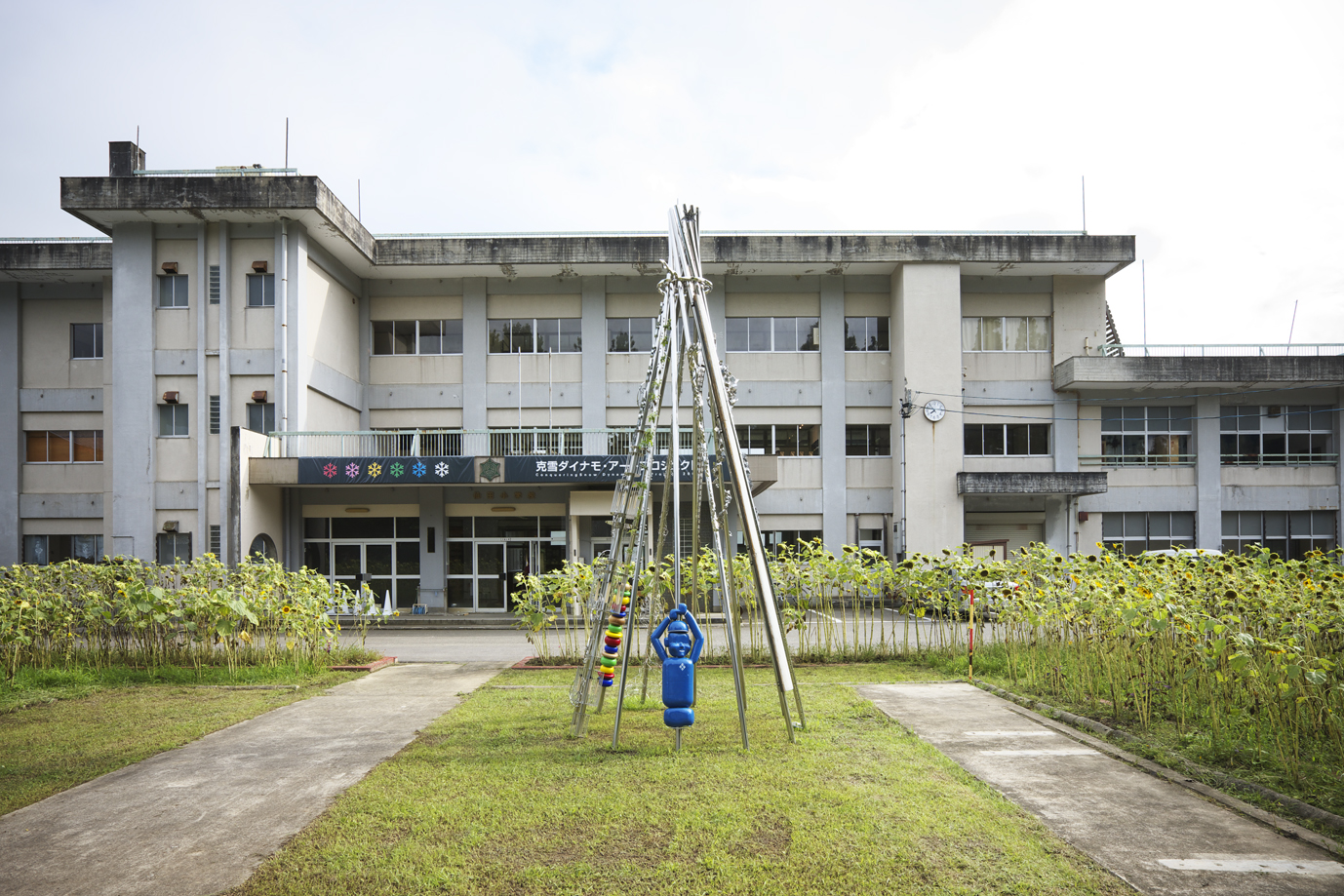
Conquering Snow Dynamo Art Project (2009)
Photo by Miyamoto Takenori + Seno Hiromi
Struggles and progress during the COVID-19 Pandemic
――You have started other activities than being just a composer such as teaching at University as a lecturer and launching YouTube channel?
I tried many different activities during the COVID-19 pandemic but, to tell you the truth, my motivation was deflated by the pandemic. Although I wouldn’t say I had confidence in what I was doing was right previously. I was often unsure if I would be alright as long as I kept doing what I had faith in. Instead, the pandemic presented a doubt about why I would ask society about my work and I wasn’t sure what I should be doing. Even I was not in a situation that I didn’t have anything I wanted to do, I couldn’t help thinking if that was going to be alright.
――By starting activities that are not as a composer, did you find a new direction for your creative activities?
It is my first year being an educator and I have faced many situations that I had to take initiative. That helps me. I meet many people who are keen to express as they stand at the beginning of their artistic journeys. I have been enormously saved by the fact that I could do so many things by interacting with them. I am yet to grasp what I should express as I face some changes in the environment I operate. I would say that this work that I have created for ETAT2021 is very much a lost cause. However, I believe it is not too bad as it responds to confusion that human beings would experience in the next couple of years.
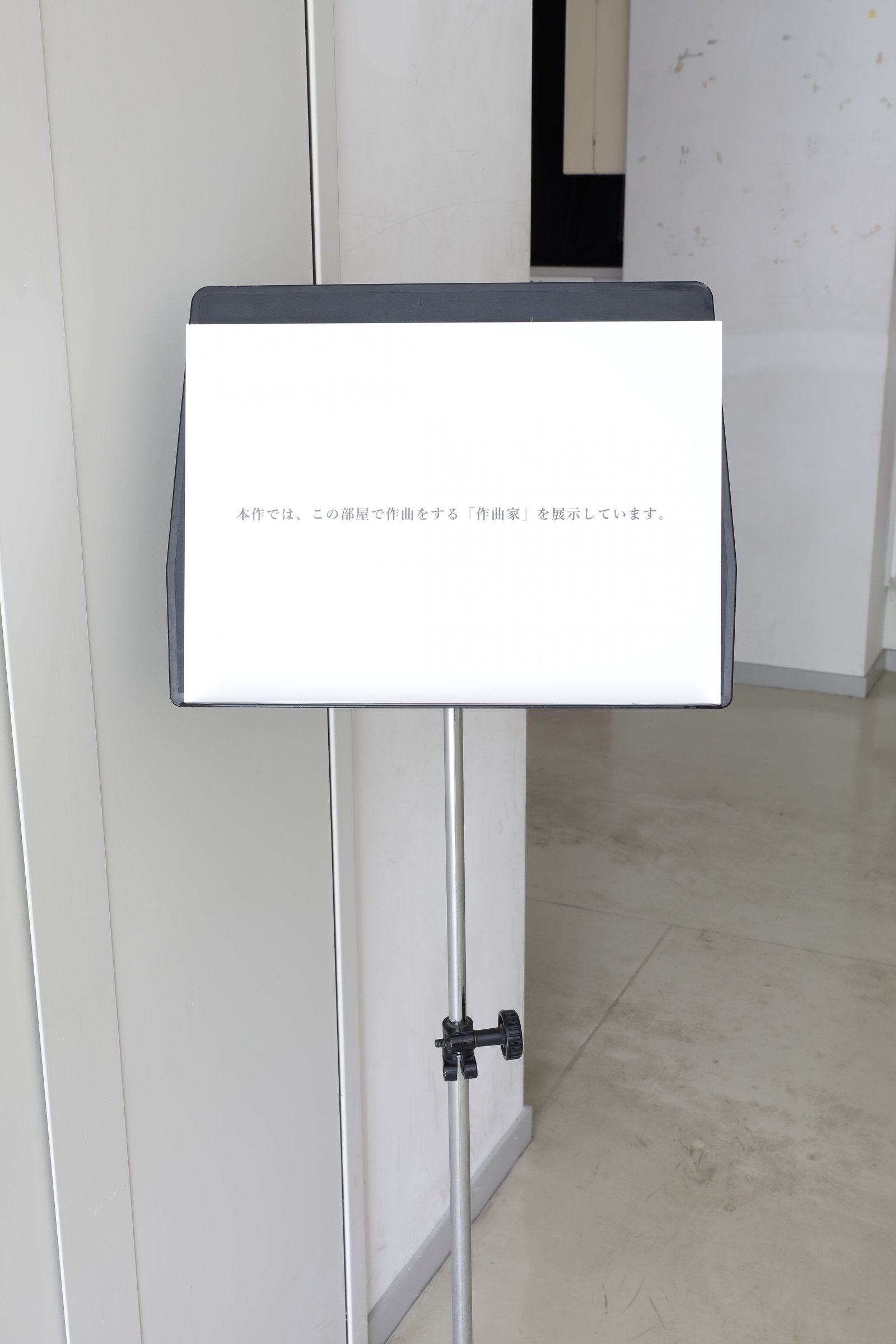
A caption one will see when take steps to the second floor of Echigo-Tsumari Kamigo Clove Theatre.
Photo by Kioku Keizo
――How do you find after a month of presenting the composer (as an artwork)? As many activities have gone online during the pandemic, you must have asked about the site-specificity for your work by having chosen to exhibit your work at Echigo-Tsumari.
Due to the spread of the COVID-19 infections, the exhibition was closed for a month during the closure of the facility. We are back to square one. As the time had been suspended, I feel like today is the opening day of the exhibition.
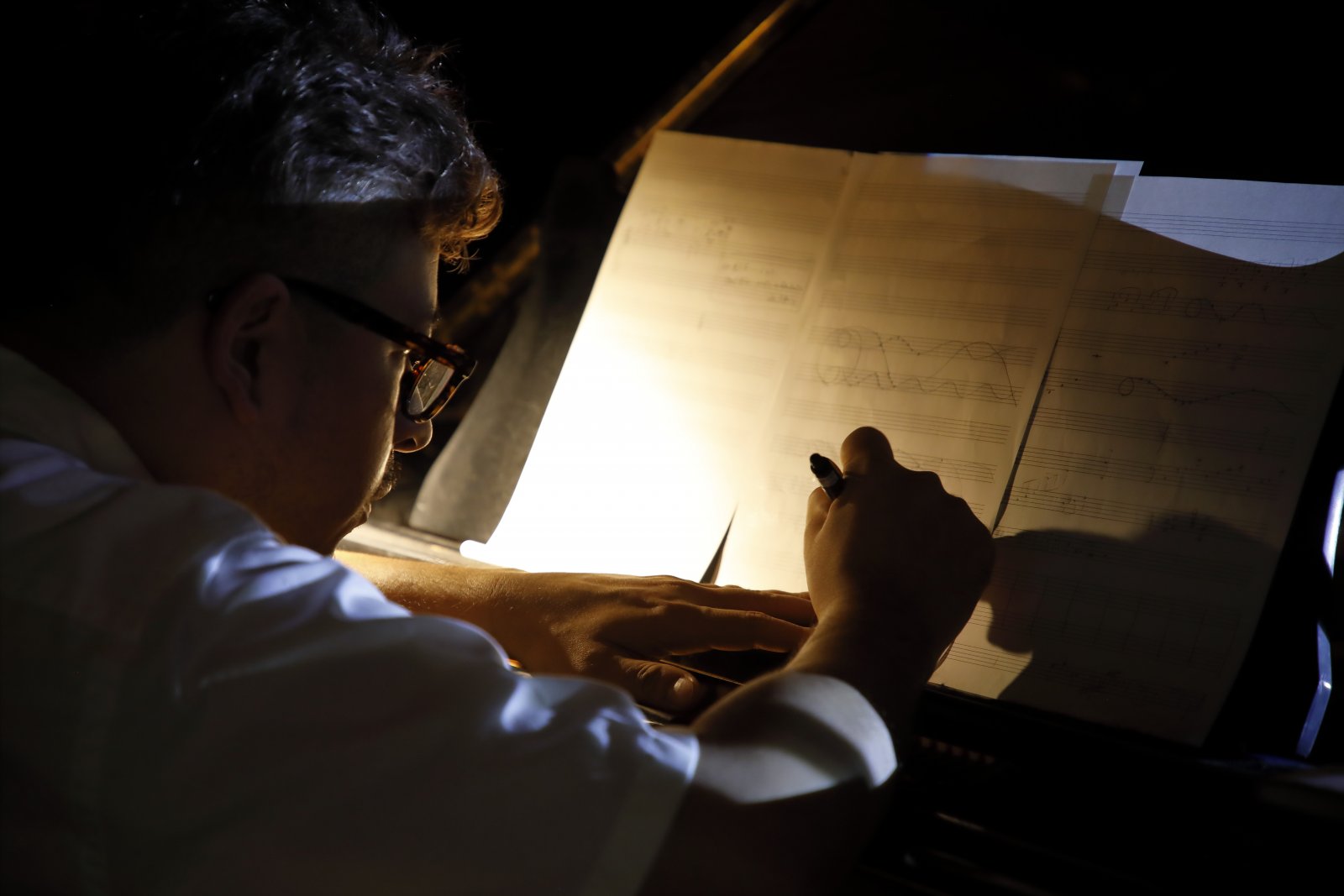
Yasuno composing music. Photo by Kioku Keizo
――What kind of artwork did you think to create when you were offered to participate in ETAT?
I thought I would do something I had never done before. I started to live in Aichi this year which made me feel that I have started the second chapter of my life. I was aspiring to do something new as I was to embark on the new journey (when offered to join the ETAT).
――
That prompted the shift from the automated playing “zombie music.”
Yes. You could say, transforming from an automated figure to an automated human.
How “Deceptive Elementa Harmonica”- Composition for Room and Piano”which the artist call himself being exhibited as “automated human”will evolve in coming months? Please come and check out this experimental work of exhibiting artist himself at Echigo-Tsumari Kamigo Clove Theatre.
Click here to check dates when the process of composition can be seen on site.
Artworks to visit in Kamigo
Echigo-Tsumari Kamigo Clove Theatre
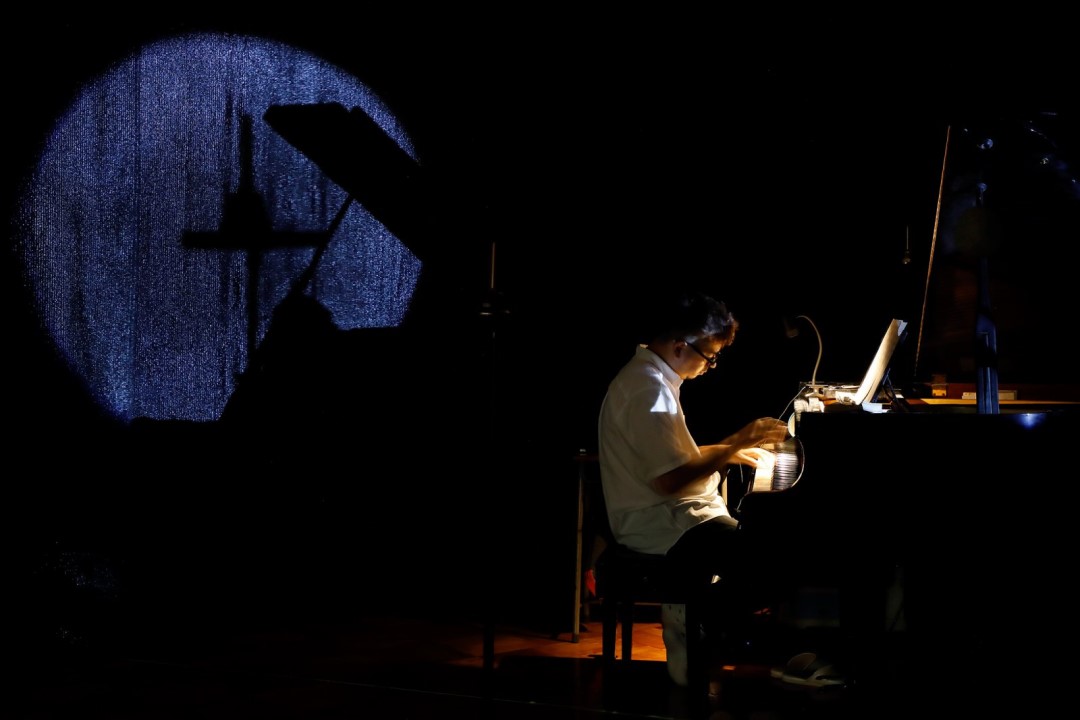
Photo by Kioku Keizo
“Deceptive Elementa Harmonica”- Composition for Room and Piano”by Yasuno Taro
Conventionally duration is set for a music performance and the audience would share such time and space of the performance. For art exhibition, on the other hand, there is no performance time as such. People are free to view artworks at a time they chose while sharing the work and space with others. However, they do not share time. In other words, the way time and space exist differently for music performance and for art exhibition.
The artist who has been exploring the way music exists attempts to make music work in the art exhibition space by performing a piece of music by an automated machine.
As a new chapter of this attempt, the artist exhibits the automated machine as well as “a composer”. In a room where the structure of music is in the background, the person will keep composing a piece of music for the concert performance, which has been postponed.
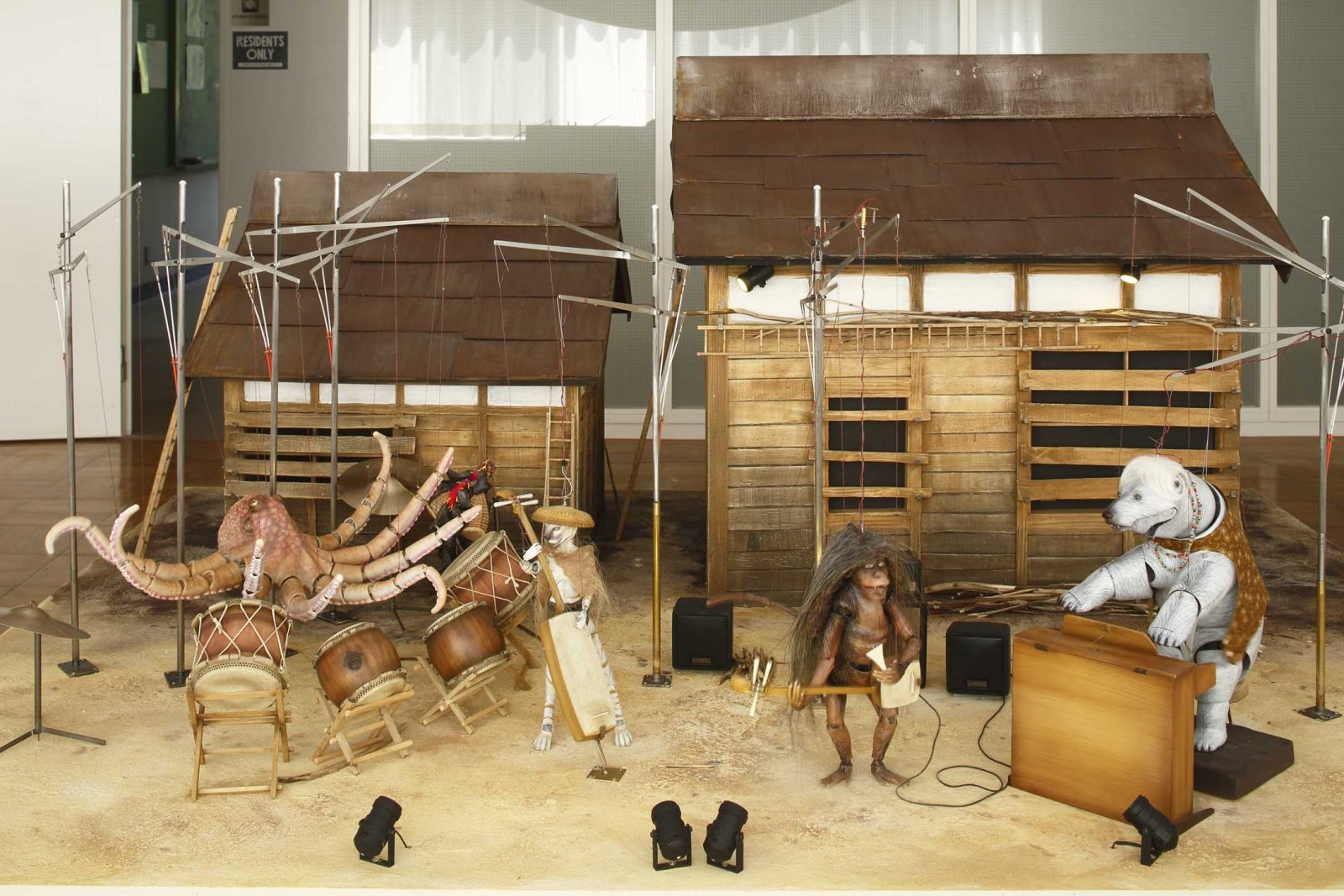
Photo by Kioku Keizo
“The Kamigo Band – Songs for the Seasons” by Nicolas Darrot
Four anthropomorphic mechanical dolls created based upon interviews in the region form a music band and play music. Darrot also presents a new work called “Ariel” at MonET.
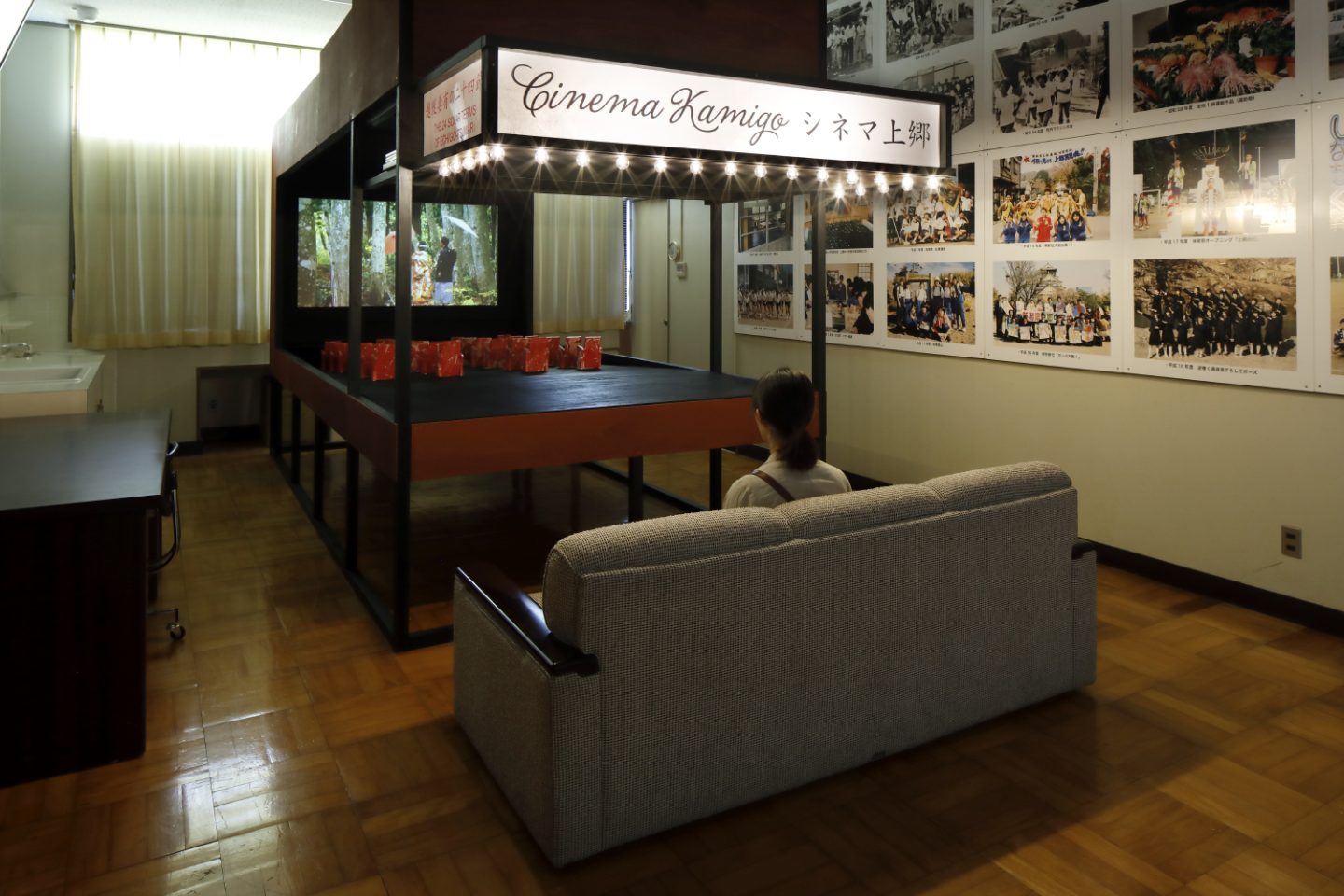
Photo by Kioku Keizo
“Cinema Kamigo” by Can Tamura
A series of video works featuring “The 24 Solar Terms of Echigo-Tsumari”is screened at a mini theatre in the old school master’s room in Echigo-Tsumari Kamigo Clove Theatre. This work is also shown at the theatre room of MonET.
Hong Kong House
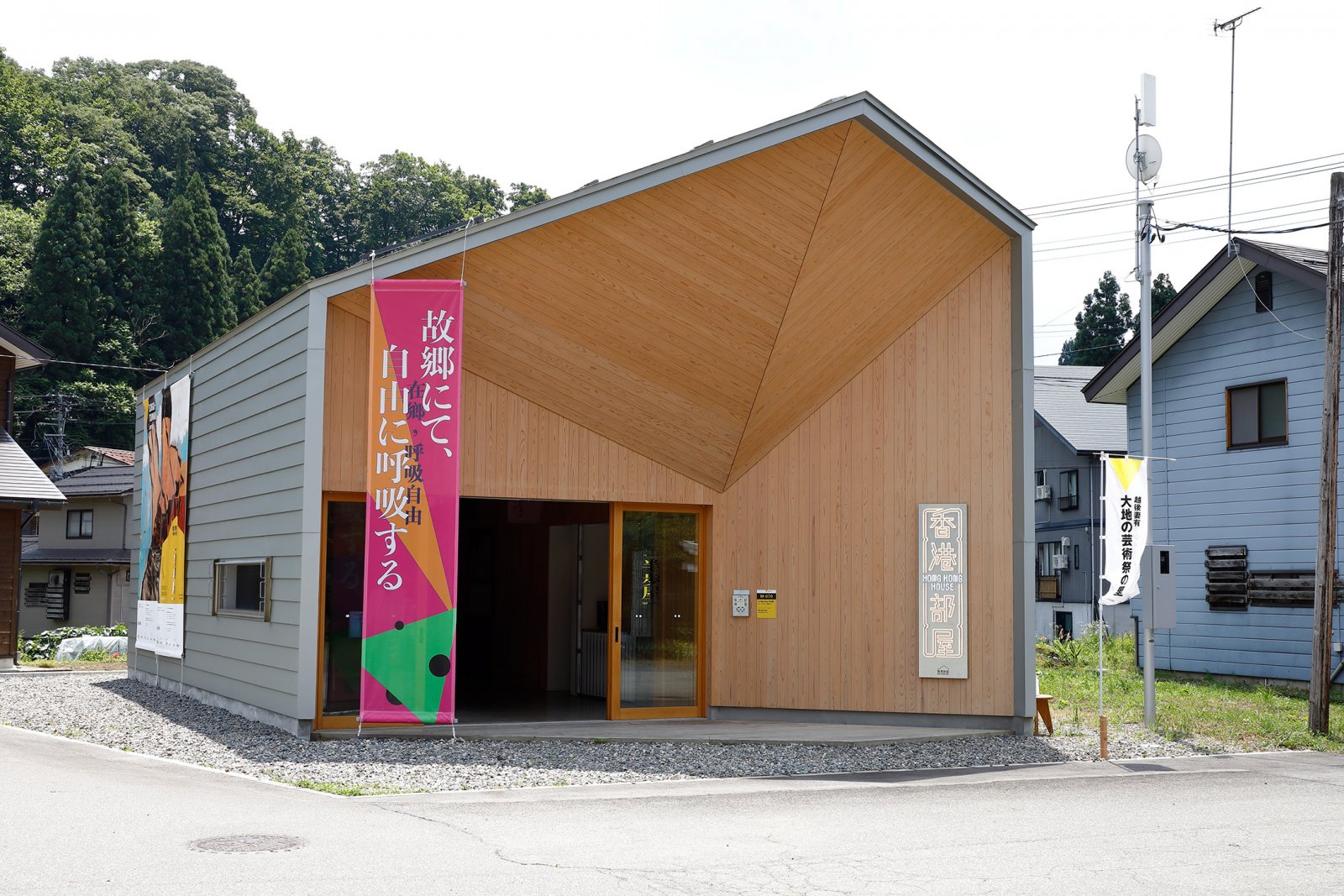
Photo by Kioku Keizo
“Half-step House”by Lam Tung-pang
The artist who couldn’t visit the site due to the COVID-19 pandemic transformed half of the space devoting for his imaginary journey to Hong Kong House and the other half lending to viewers to imagine.






